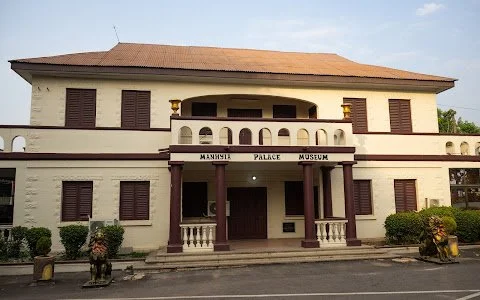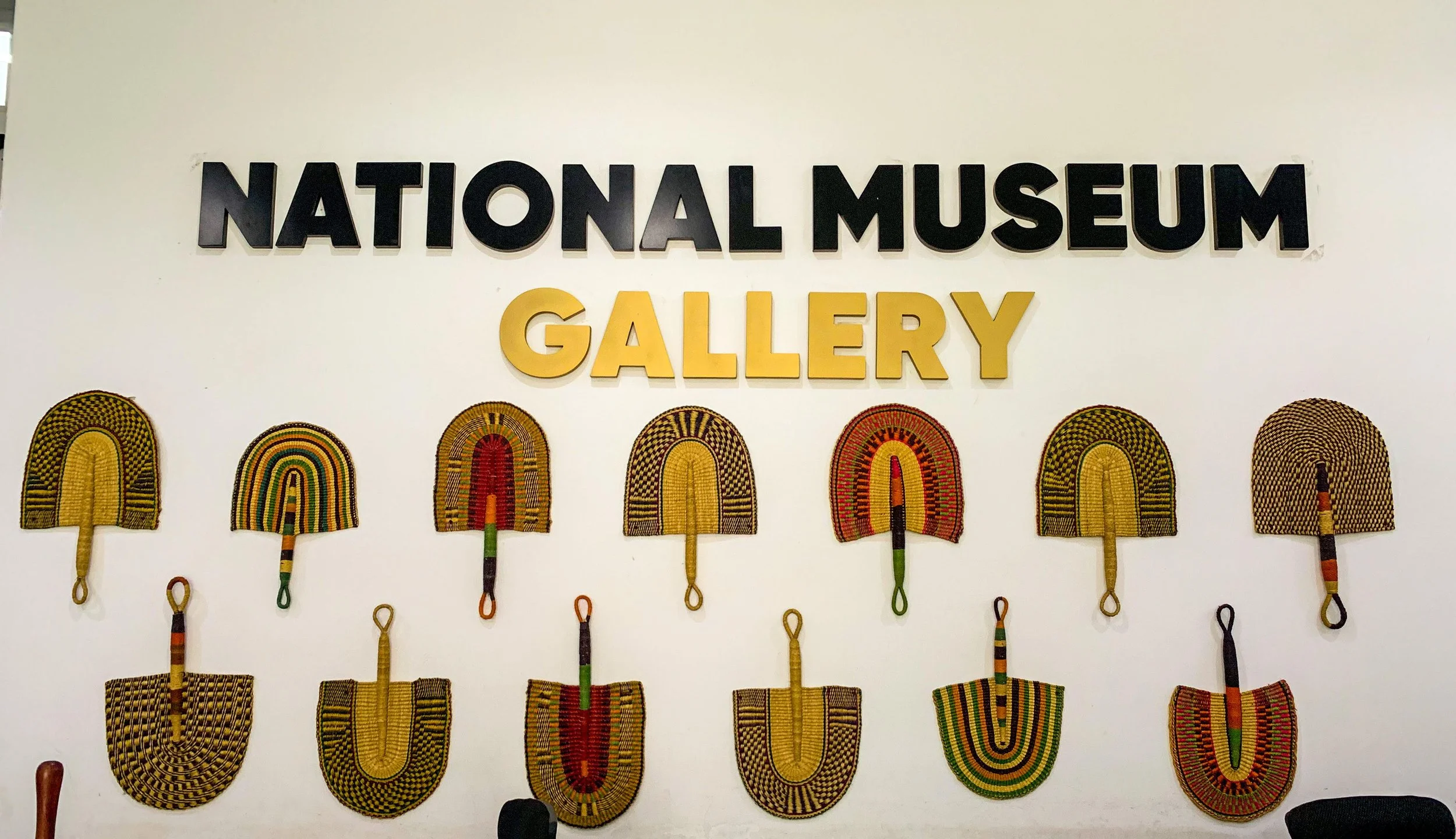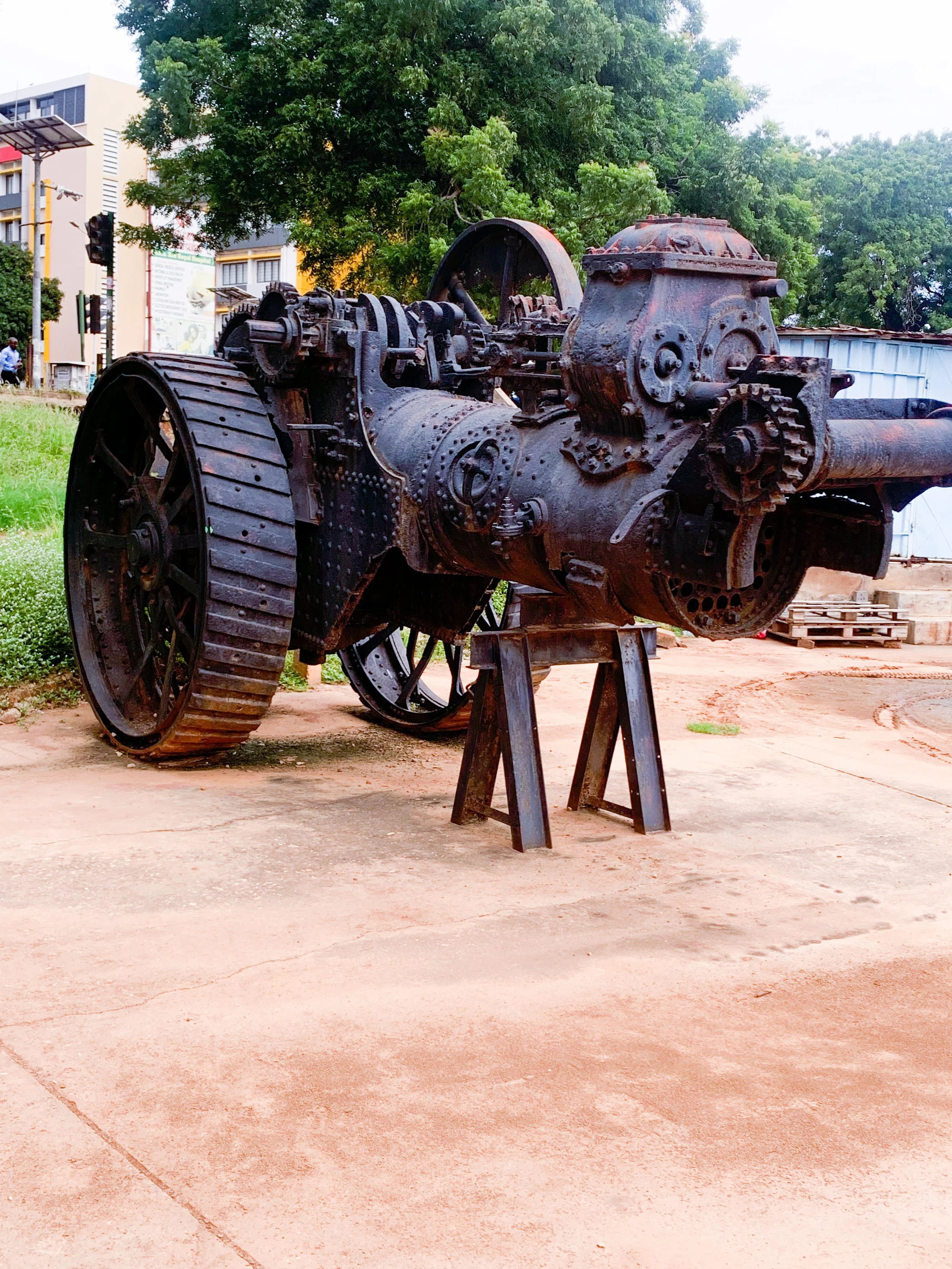Best Museums and Other Places to Learn About History Across Ghana
By Jesse Ababio
The history of Ghana is well-known and well-documented. As one of the leading nations to gain independence in the Sub-Saharan region, it is only right to learn about Ghana firsthand. The books are accurate but experiencing and seeing what our colonial masters did to our ancestors and how they fought back with blood and toiled just to gain independence raises the significance of what is written to a completely new level.
Aside from learning about independence, most museums in Ghana, like all museums around the world, tell the history of the nation through the diverse culture it inhabits. When you go on tours through museums across Ghana, you get to learn about the cultural dynamics the country emulates and of the different types of people and languages. You also get to experience the culture from the food to the music to elements like drums, clothes, and tools that make up the particular culture you are experiencing.
Come along and take a tour through the best museums in the country.
1. National Museum of Ghana
The National Museum of Ghana, the oldest and largest museum administered by Ghana Museums and Monuments Board (GMMB), is situated in Accra, the capital city of Ghana. The museum building was inaugurated on March 5, 1957, as a part of the country's independence celebrations, with the Duchess of Kent, Princess Marina, performing the official opening ceremony. A.W. Lawrence was appointed as the first Director of the museum.
The National Museum in Ghana underwent renovation and was officially commissioned by President Akufo-Addo in 2022. In seeking to enrich the experience of visitors to the Museum, the curators of the National Museum have also added seven of the vehicles used by former heads of state, including three E-450 Mercedes Benz vehicles, two Nissan Patrols, a limousine and a Toyota Land Cruiser.
2. Kwame Nkrumah Memorial Park & Mausoleum
The Kwame Nkrumah Mausoleum and Memorial Park is located on the Prof. Atta Mills High Street in Accra. With a key interest in paying homage to Ghana's first President, and learning about his life and legacy, the mausoleum has attracted visitors from around the world, with an annual count of approximately 98,000.
The mausoleum is situated on the site of the former British colonial polo grounds in Accra. It is the location where Nkrumah announced Ghana's independence. There is a museum on the property with memorabilia from different periods of his life on display. The building is meant to represent an upside-down sword, which in Akan culture is a symbol of peace. The mausoleum is clad from top to bottom with Italian marble, with a black star at its apex to symbolize unity. The interior boasts marble flooring and a mini mastaba looking marble grave marker, surrounded by river-washed rocks. A skylight at the top in the mausoleum illuminates the grave. The mausoleum is surrounded by water, a symbol of life.
3. Assin Manso Slave River
Before being marched down to the slave fortresses of Elmina and Cape Coast along the coast, slaves took their final bath on African soil at the Assin Manso Slave River. One of the largest slave marketplaces of the eighteenth century, the location was referred to as the "great depot" where the Asantes sent slaves to the shore. Here, slaves were fed before the Middle Passage and were kept for several days or weeks.
Due to the reburial of two slave ancestors in 1998 as part of an Emancipation Day ritual (one from Jamaica and one from the United States), Assin Manso was once again placed in the historical imagination of the African Diaspora.
4. Manhyia Palace
The Manhyia Palace Museum, a treasure trove of African history and culture, is located in central Kumasi, Ashanti, Ghana. The African art museum, which is located on the grounds of the Manhyia Palace, stands as a colorful reminder of the Ashanti nation's past and a guiding light for a cultural legacy that extends beyond Ghana's boundaries.
The museum was built in 1925 as Asantehene Agyeman Prempeh I's private house after he returned from nearly three decades of exile. It tells the history of Ashantiland and its rich heritage before British colonization. This priceless establishment serves as a tribute to the Ashanti kings, queens, and leaders, bringing their histories to life and disseminating the richness of their culture to future generations.
5. Museum of Science and Technology
Two lecturers from the University of Ghana's Legon Campus recognized the need to raise public awareness of past and present advancements in science and technology in Ghana and presented a proposal to Kwame Nkrumah, the country's then president, for the establishment of the Museum of Science and Technology in Accra. The Museum of Science and Technology finally opened its doors a short while later, in 1965. The organization makes an effort to arouse curiosity in visitors, especially its younger ones, in the sciences and advancements in technology in the wider world.
Exhibits include a human heart and a piece of stone from the moon. The museum incorporates a library, and provides educational activities for children.
Opening hours are 9:00am to 4:30pm, Monday to Friday.
6. The Volta Regional Museum, Ho
The Volta Regional Museum is located in Ho, Ghana. The Volta Region's history and customs are the focus of the museum. The Ghana Museums and Monuments Board is in charge of running the museum.
Exhibits on display at the museum include the chair of state of the last German colonial governor, woodcraft, pottery, kente textiles, masks and Asante shrines.
The museum houses collections of handmade crafts and modern art in addition to displays on the Volta Region's ethnography. The museum also features items from the time when the region was a part of German-Togoland, as well as local cultural items and antiques from the time the British colonized the area.
The museum has several collections of cultural artifacts including swords, stone relics, musical instruments such as drums, maps of the Ewe State, stools and earthenware cooking vessels. In addition, the museum contains paintings and sculptures by artists from the Volta region.
7. The Cape Coast Castle Museum
For those who don’t know, aside from touring the castle, you get to experience the Cape Coast Castle Museum which is housed in one of the wings of Cape Coast Castle. Established in 1970, the museum was given a face-lift in 1994. The mission of the Cape Coast Castle Museum is to inform visitors about the arrival of Europeans in Africa, as well as their relationships with locals and people in the Central Region more broadly. Visitors can examine exhibits of the items traded for slaves, such as glass beads, whiskey bottles, and weapons, as well as maps of the slave trade routes.
Exhibits include: gold weights and measuring scales, state swords, guns, stone implements for hunting, paintings, terracotta figurines, a model of Cape Coast Castle, and more.









